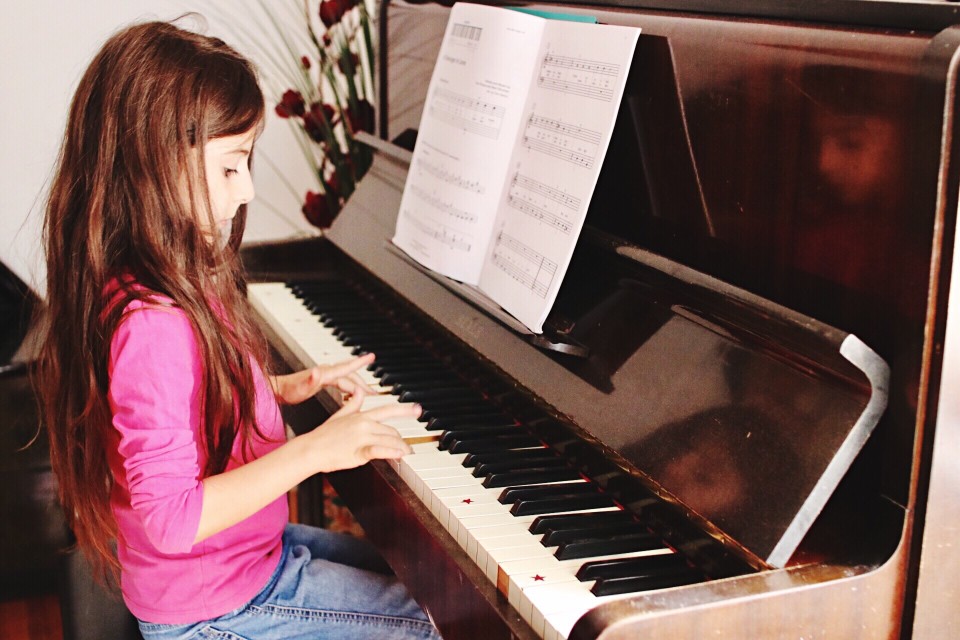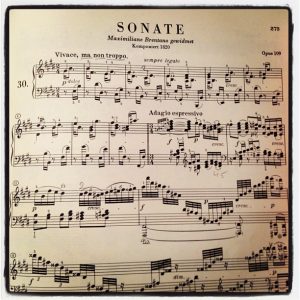Have you ever thought about learning music sheets using Beethoven scores?

Have you listened to music on the internet or over the radio and thought, “ Wow, I would love to play like that? “ Have you got friends who can play instruments, and you can’t do so? Are you interested in general music artistry and its knowledge? If your answer to the above is yes, read this guide for appropriate knowledge.
Steps to Learn Music Theory
Music consists of a plethora of symbols and signs which the basics are clefs, staff, and notes. We have various ways to read music easily, and we will explain the basics in this section. There are essential parts, however, to learn piano sheet music, you must know:
- Staff
This component of music has five lines and four spaces. These lines and spaces are represented by various letters which also signifies a note. The notes they represent range from A to G and their movement is in alphabetical order.
- The Treble Clef
You must understand the two key clefs. The treble clef has a beautiful letter G on the left section. The G inner feature circles the G line along with the staff. Some instruments used with this notation are the violin, sax, and flute. Also, the keyboard treble clef has high notes.
- Bass Clef
The line visible on the bass clef dots is known as the ’ F’ line. The bass clef shows the lowest pitches on the sheet. Additionally, Instruments like the bassoon and cello are essential to lower notation.
- The Note
The note allows us to know which letter to play on the instrument as well as informing us of the duration. The note has three crucial parts: the head, the stem, and the flag. Its function is to tell us the duration to hold a note.

Learning About Beat and Melody
To play music, you should learn the musical meter. This is known in music as a time signature. The number at the top signifies how many beats you must measure on the staff and also, allows you to know the best value and the foot pulse while listening to the beat.
Furthermore, you should have an idea about Tempo rhythm or beats per second. Tempo allows you to know the music speed to be played.
Prominent Beethoven scores
Beethoven remains one of the best composers in the world, and we will look at some of his musical scores in this section.
Beethoven’s ninth ode to joy
This is one of Beethoven’s best works as it is set at the key of D. Young players can use this score to learn more about music sheets. There is a piano section that you can use to rehearse.
Allegretto Number 7 Symphonies
This score of Beethoven is the second movement of his symphony. It is very easy to learn and popular among music tutors and students.
Egmont Opening
This powerful minor key overture is used generally for orchestra music. It is full of intensity and musical movement.
Scherzo from Symphony No 4
This excellent movement is a masterpiece that allows musical students to learn music elegantly.
The post has shown the basics of learning music theory, also we have highlighted some prominent Ludwig van Beethoven scores that can help with learning. Can you let us know some top Beethoven scores you have heard?





